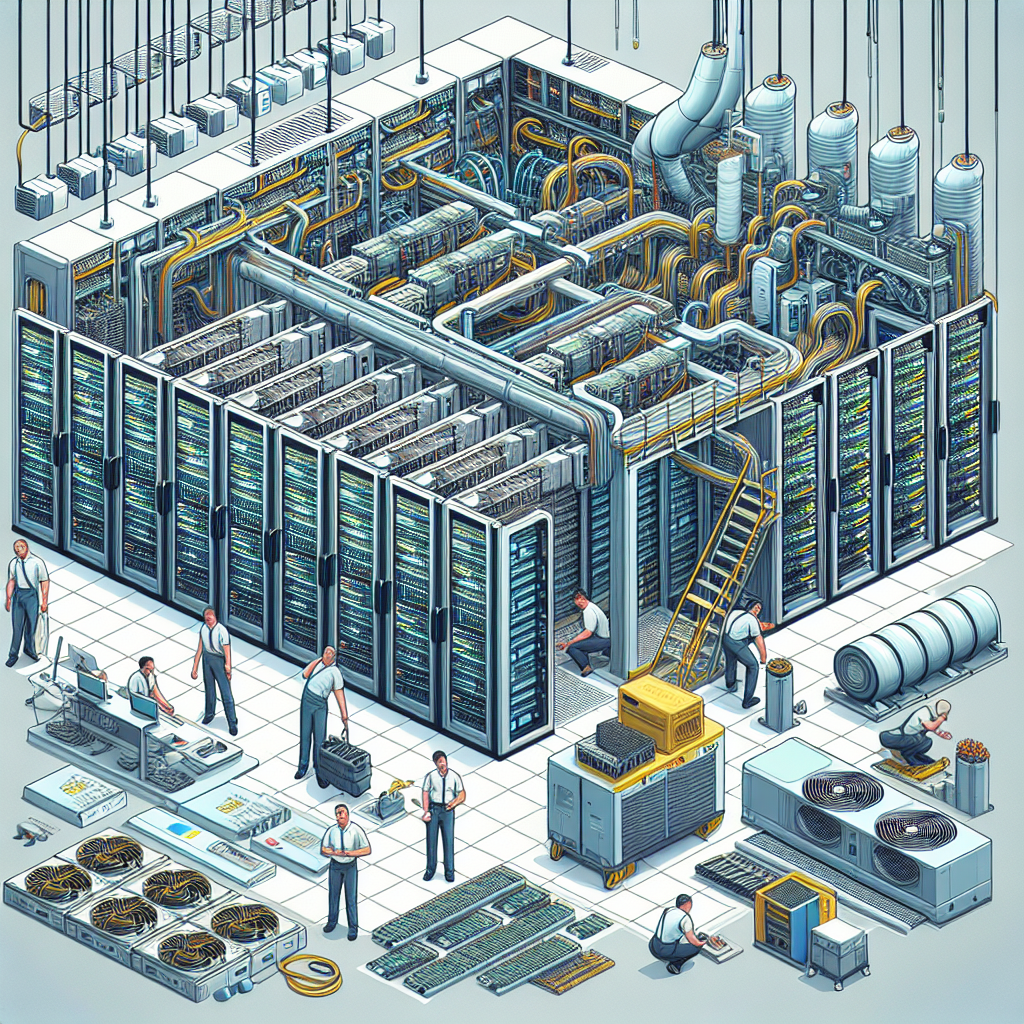Data centers are critical facilities that house the infrastructure necessary for storing, processing, and managing data. As technology continues to advance, the demand for data center facilities is only increasing. Designing and maintaining data centers requires careful planning and consideration to ensure optimal performance and reliability. Here are some key considerations for designing and maintaining data center facilities:
1. Scalability: One of the most important considerations when designing a data center is scalability. As data storage needs grow, the facility should be able to easily accommodate additional servers and equipment. This may involve designing the data center with extra space for future expansion or implementing modular design elements that can be easily added or removed as needed.
2. Redundancy: Data center downtime can be costly and disruptive. To minimize the risk of downtime, it is essential to incorporate redundancy into the design of the facility. This may include redundant power supplies, cooling systems, and network connections to ensure that there are backups in place in case of equipment failure.
3. Energy efficiency: Data centers are notorious for their high energy consumption. Designing a data center with energy efficiency in mind can help reduce operating costs and minimize environmental impact. This may involve using energy-efficient cooling systems, implementing virtualization techniques to reduce the number of physical servers needed, and utilizing renewable energy sources wherever possible.
4. Security: Data centers house sensitive and valuable information, making security a top priority. Designing a data center with robust physical security measures, such as access controls, surveillance cameras, and biometric authentication, can help prevent unauthorized access and protect data from theft or tampering.
5. Cooling and ventilation: Heat is a major concern in data centers, as high temperatures can lead to equipment failure and downtime. Proper cooling and ventilation systems are essential for maintaining optimal operating conditions. Designing a data center with efficient cooling infrastructure, such as hot aisle/cold aisle containment systems or liquid cooling technologies, can help regulate temperatures and prevent overheating.
6. Maintenance: Regular maintenance is essential for keeping a data center running smoothly. This may involve routine inspections, cleaning, and testing of equipment to ensure everything is functioning properly. Designing a data center with easy access to equipment and clear maintenance procedures can help streamline upkeep and prevent issues from arising.
In conclusion, designing and maintaining data center facilities requires careful planning and consideration of various factors. By incorporating scalability, redundancy, energy efficiency, security, cooling and ventilation, and maintenance into the design of a data center, organizations can create a reliable and efficient facility that meets their data storage needs both now and in the future.


Leave a Reply